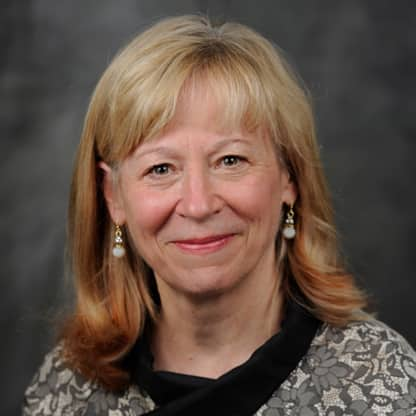Geraldine Richmond
United States Department of Energy
Under Secretary for Science and Innovation
Dr. Richmond is currently serving as the Undersecretary for Science and Innovation at the Department of Energy (DOE). In this role she oversees the DOE's Office of Science, the largest federal sponsor of basic research in the physical sciences in the U.S., DOE’s applied R&D offices of Energy Efficiency and Renewable Energy, Fossil Energy and Carbon Management, Nuclear Energy, and Electricity as well as 13 of DOE’s national laboratories. She is on leave from the University of Oregon where she holds the Presidential Chair in Science and Professor of Chemistry. Her research focuses on laser-based and computational methods to understand the structure and dynamics at liquid surfaces with relevance to environmental and technological interests. She is a member of the U.S. National Academy of Sciences and has received numerous awards including the National Medal of Science. A career-long advocate for underrepresented groups in STEM fields, she is the founding director of a grass-roots organization called COACh that has helped over 25,000 women scientists and engineers in career advancement in the U.S. and in dozens of developing countries around the world. A native of Kansas, Richmond received her B.S. in chemistry from Kansas State University and her Ph.D. in physical chemistry at the University of California, Berkeley.

